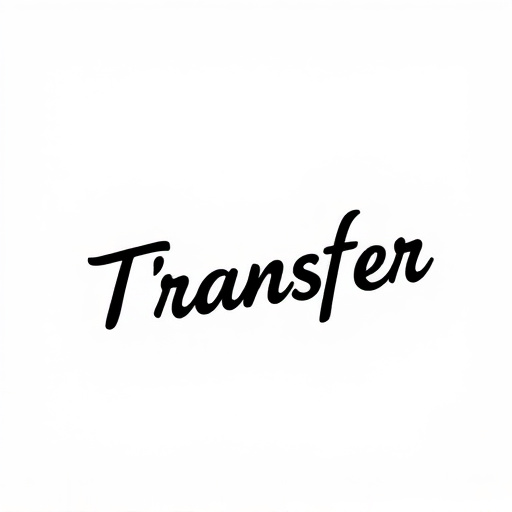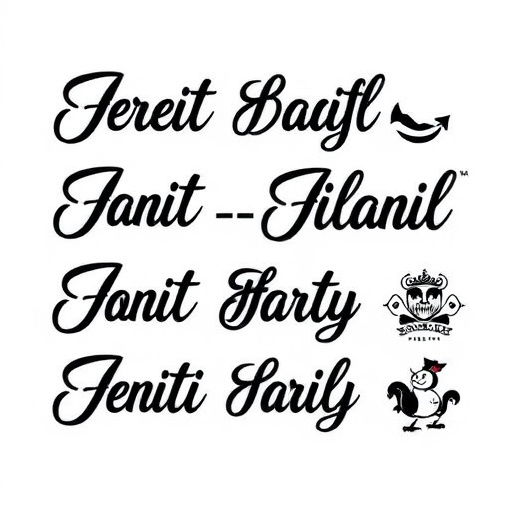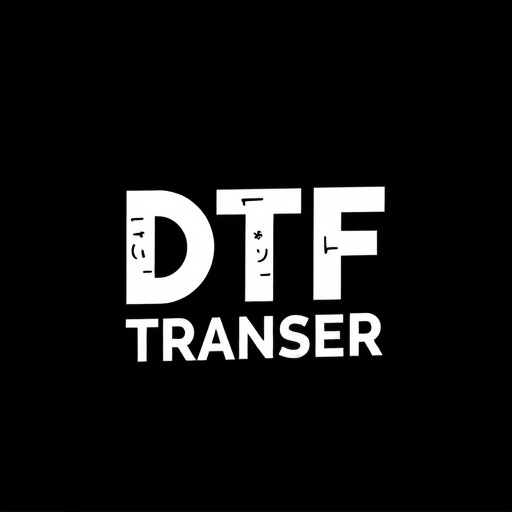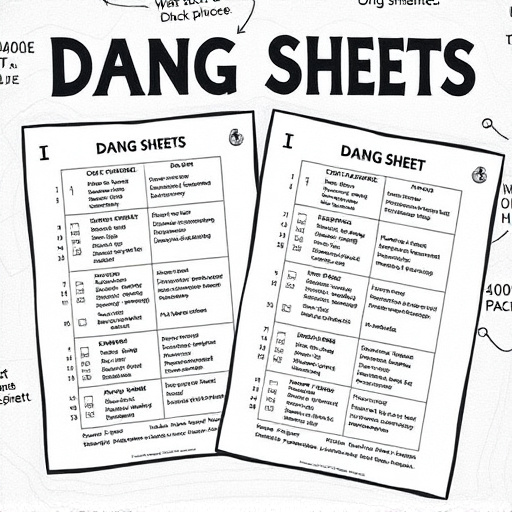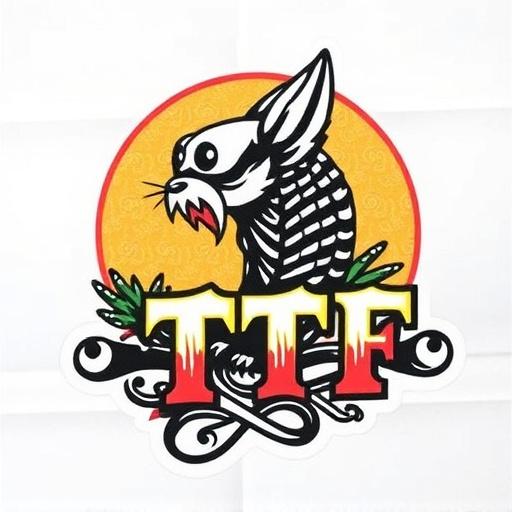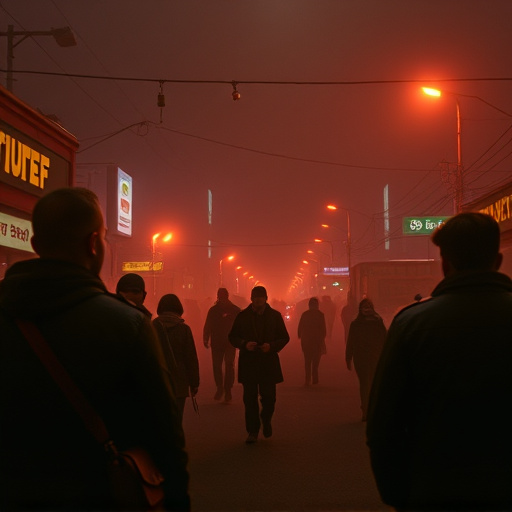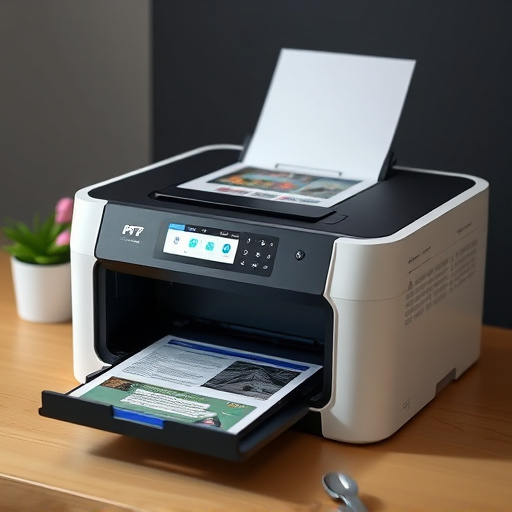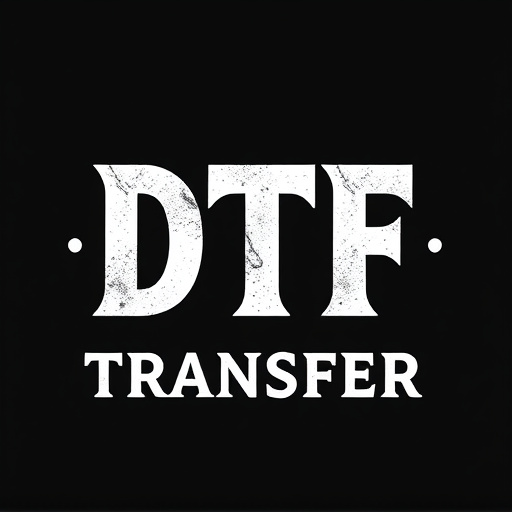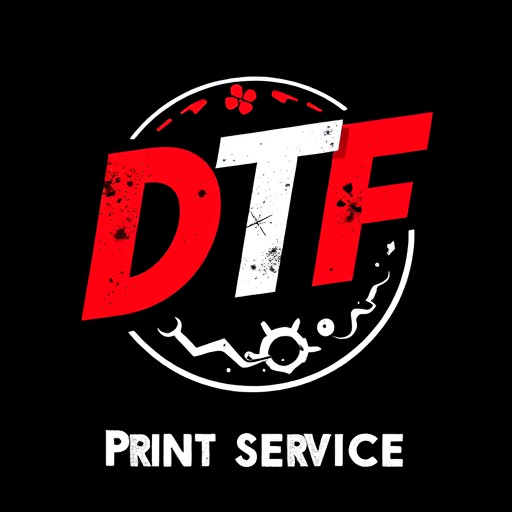DTF Transfers (Direct-To-Fabric) are ready-to-use designs that enable instant heat application onto various fabrics, revolutionizing customization in fashion, home decor, and promotional merchandise. These transfers offer vibrant colors, durability, and versatility for both small-scale projects and mass production. Key types include vector graphics for logos and patterns on cotton, polyester, and nylon, as well as photo transfers for unique art and personalized garments. Specialty DTF Transfers cater to specific materials like dark fabrics. Choosing the right transfer based on intended use and material compatibility ensures high-quality results. A step-by-step guide emphasizes proper application techniques for professional outcomes. DTF technology's efficiency, speed, and versatility make it a game-changer across multiple industries.
“Discover the efficiency and versatility of pre-made DTF (Direct to Fabric) transfers, designed for quick heat application. This comprehensive guide explores everything from understanding the technology to selecting the perfect transfer for your project. We delve into various types, benefits, and applications, offering a step-by-step guide for successful implementation. From vibrant textiles to bustling fashion industries, DTF Transfers are revolutionizing design processes. Learn how these ready-to-heat options can enhance your creative output.”
- Understanding DTF Transfers: A Comprehensive Overview
- Types of Pre-Made DTF Transfers: Varieties and Applications
- Benefits of Using Ready-to-Heat Transfers
- Selection Criteria for Choosing the Right DTF Transfer
- Application Techniques: Step-by-Step Guide
- Popular Industries Adopting DTF Technology
Understanding DTF Transfers: A Comprehensive Overview
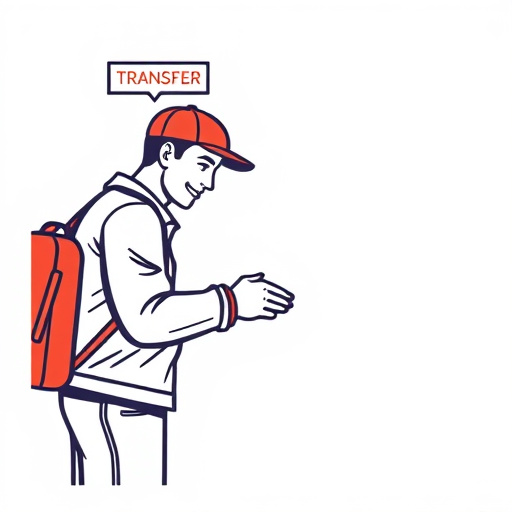
DTF Transfers, or Direct-To-Fabric transfers, are pre-made designs prepared for immediate heat application onto various fabrics. This innovative technology has revolutionized the way we adorn and customize clothing and textile products. By using DTF Transfers, designers, and enthusiasts alike can effortlessly incorporate intricate patterns and graphics without the need for complex printing techniques or specialized equipment.
These transfers are typically made from high-quality materials, ensuring crisp and vibrant colors that withstand multiple washes. The process involves applying heat to fuse the design onto the fabric, creating a durable and long-lasting finish. DTF Transfers offer a versatile solution for both small-scale projects and mass production, catering to diverse industries such as fashion, home decor, and promotional merchandise. Their convenience and ease of use make them a popular choice for those seeking efficient and effective ways to transform fabrics into unique, personalized designs.
Types of Pre-Made DTF Transfers: Varieties and Applications

Pre-made DTF (Direct to Fabric) transfers are a game-changer in the world of heat application, offering a wide array of options for various applications. These transfers come in different varieties, each designed for specific purposes and materials. From simple text and graphics to complex designs and even photos, DTF Transfers cater to diverse needs, making them a popular choice among professionals and DIY enthusiasts alike.
One common type is the basic vector graphic transfer, ideal for applying logos, monograms, or patterns onto fabrics like cotton, polyester, and nylon. These transfers are precise and easily customizable, allowing for clear imaging. Another variety includes photo transfers, which enable users to transfer images directly onto fabric, creating unique pieces of art or personalized garments. Additionally, there are specialty DTF Transfers designed for specific materials, such as heat-sensitive papers tailored for dark fabrics, ensuring vibrant colors and sharp details. This versatility makes pre-made DTF Transfers a versatile tool for countless creative endeavors and commercial applications.
Benefits of Using Ready-to-Heat Transfers

Using pre-made, ready-to-heat transfers like DTF Transfers offers numerous advantages for various applications. One of the key benefits is their convenience; these transfers are designed for easy and quick application, saving time and effort compared to traditional methods that require intricate design and precise cutting. This makes them ideal for businesses looking to streamline their production processes while maintaining high-quality outcomes.
Moreover, DTF Transfers provide consistency in terms of design accuracy and color vibrancy, ensuring each product bears the intended image. They are versatile, suitable for a wide range of materials, from textiles to ceramics, enabling users to effortlessly transfer designs onto diverse surfaces. This versatility not only expands creative possibilities but also caters to different industries’ needs, making them a preferred choice for professionals seeking efficient and reliable solutions.
Selection Criteria for Choosing the Right DTF Transfer
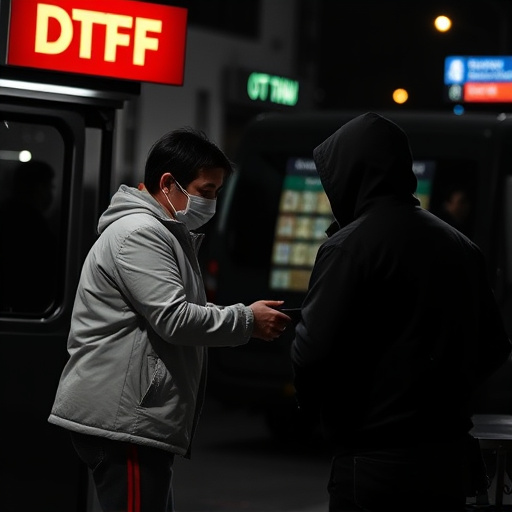
When selecting a pre-made DTF (Direct To Fabric) transfer for immediate heat application, several key criteria come into play to ensure optimal results. Firstly, consider the intended use and material compatibility. Different fabrics have varying properties, so choosing a transfer designed for your specific fabric type is essential. For instance, some transfers are better suited for cotton while others excel on polyester or mixed fabrics. Additionally, check the size and shape of the design to match your desired application area.
The quality of the DTF transfer is paramount. Look for high-resolution prints with crisp lines and vibrant colors that ensure the final image is visually appealing. Durability is another critical factor; the transfer should withstand washing and drying processes without fading or peeling. Additionally, consider the ease of application, especially if you’re a novice user. Some brands offer easy-to-follow instructions and templates for accurate placement, making the process more accessible.
Application Techniques: Step-by-Step Guide
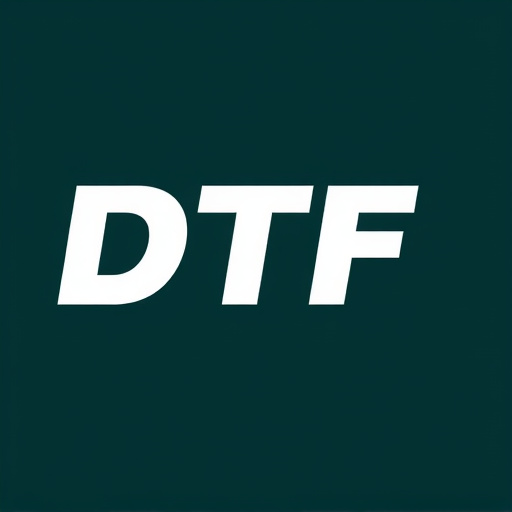
Application Techniques: Step-by-Step Guide
When working with pre-made DTF (Direct to Fabric) transfers, a precise and careful application process is key to achieving professional results. Start by preparing your workspace—lay out all necessary materials in a designated area for easy access. Ensure the transfer surface and fabric are clean, free from dust or debris, and slightly dampened to facilitate smoother adherence.
Follow these steps:
1. Position the DTF transfer on the desired fabric, aligning it carefully with your design or pattern. Lightly press along the edges using a warm iron or heat gun to activate the adhesive, ensuring full contact.
2. Remove any backing sheets or protective layers from the transfer slowly and precisely, being mindful of wrinkles or bubbles that might form. Smooth out any air pockets by gently pressing down on the transferred area with your fingers or a soft cloth.
3. Allow the transfer to cool and set for a few minutes before subjecting it to heat treatment again, if required, for a more durable fix. This two-step process ensures the design adheres firmly to the fabric.
Popular Industries Adopting DTF Technology
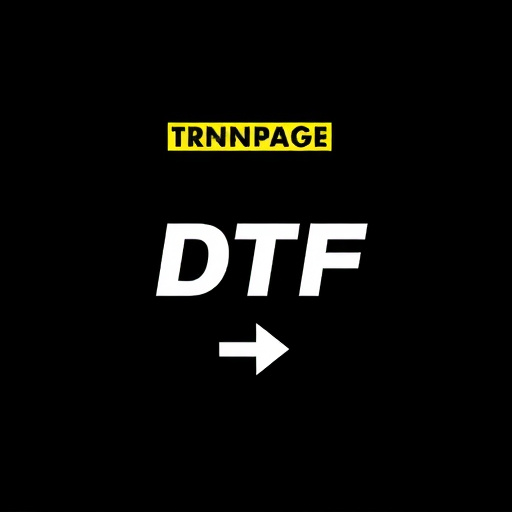
The Direct-to-Fabric (DTF) technology for pre-made transfers has gained significant traction across various industries due to its efficiency and versatility. This innovative method allows for immediate heat application, streamlining production processes and reducing lead times, which is particularly appealing in fast-paced sectors like fashion and apparel. Brands are embracing DTF Transfers for quick turnaround design customization on a variety of fabric types.
Beyond fashion, industries such as sportswear, home décor, and even automotive are adopting DTF technology to offer limited-edition or personalized designs with speed and flexibility. The ability to create intricate patterns and detailed graphics directly onto fabric without the need for complex printing processes has opened up new creative possibilities. This advancement is revolutionizing how businesses approach product customization, enabling them to stay agile and responsive to market trends and consumer demands.

